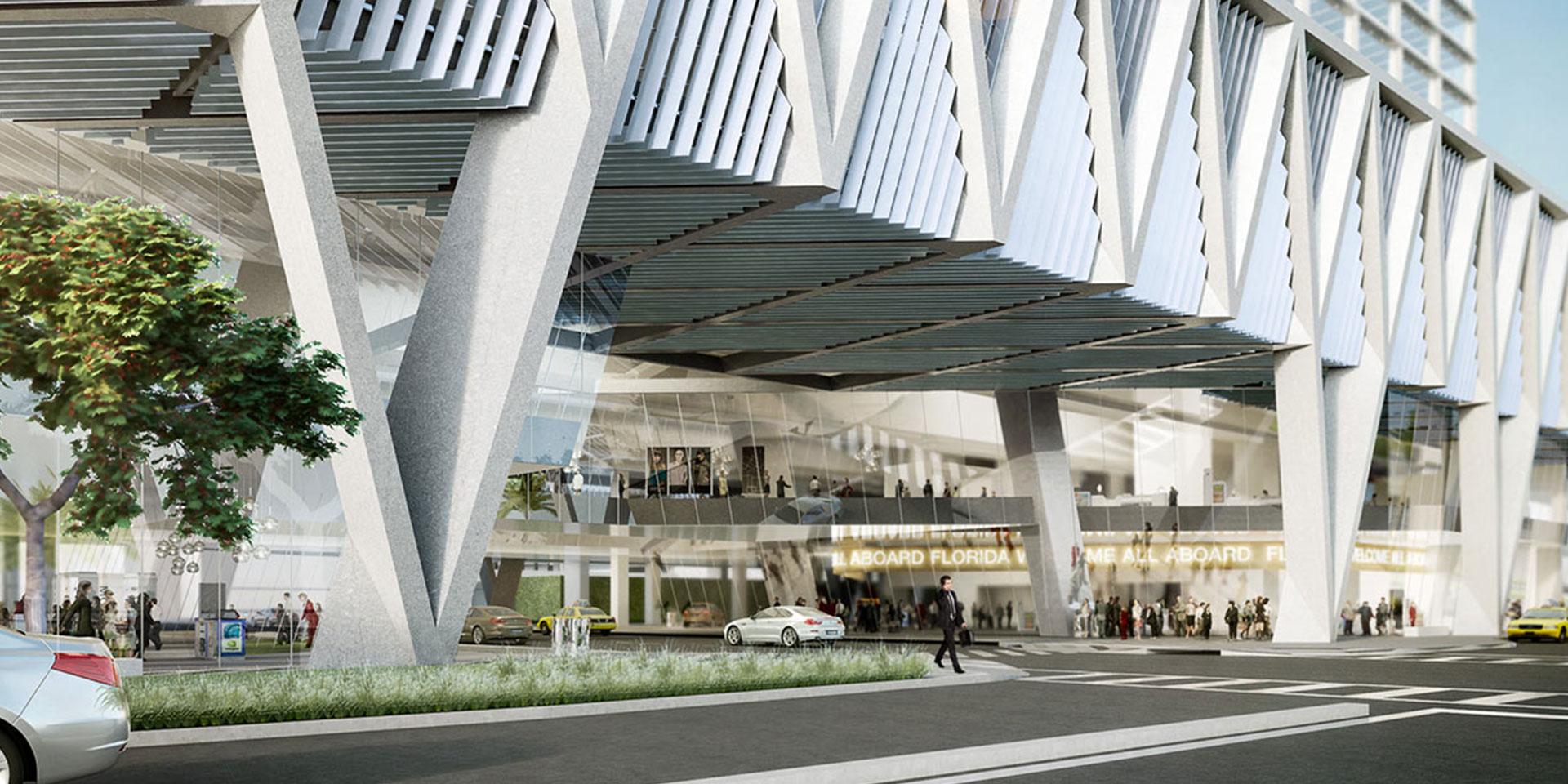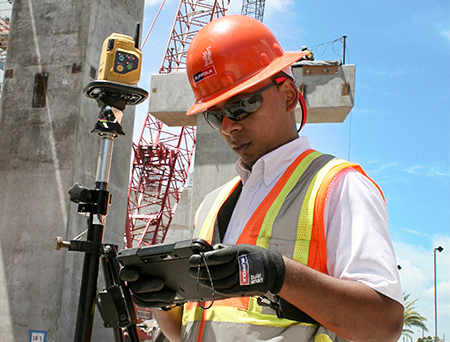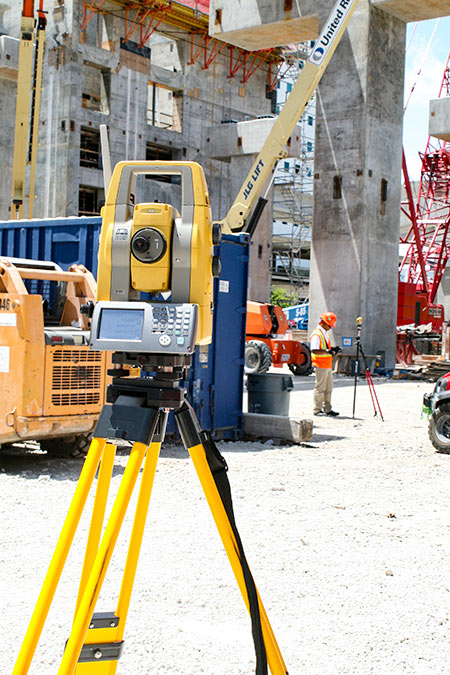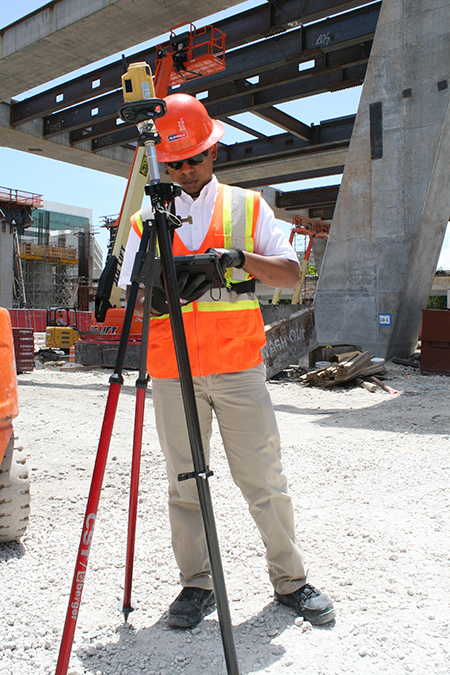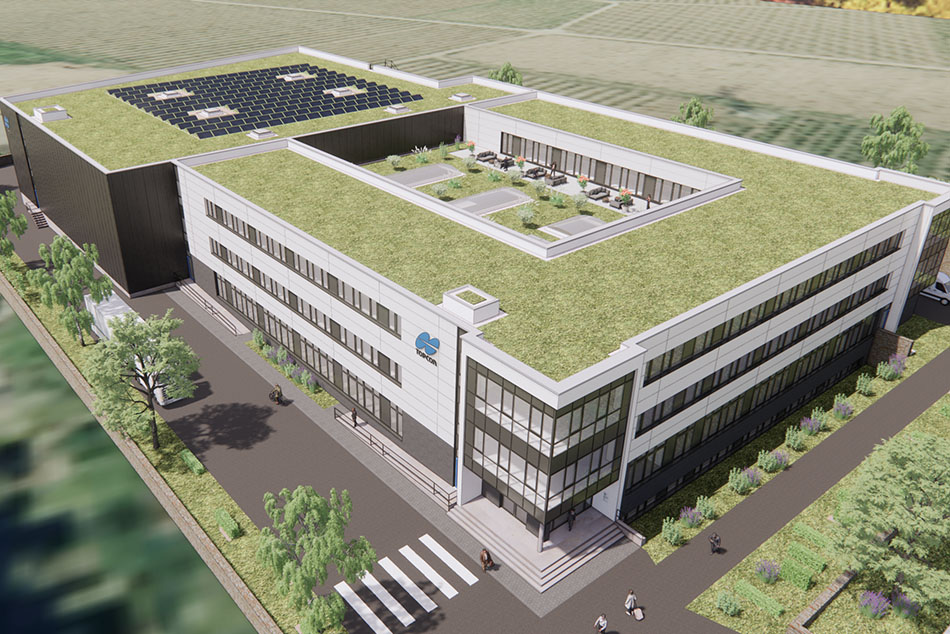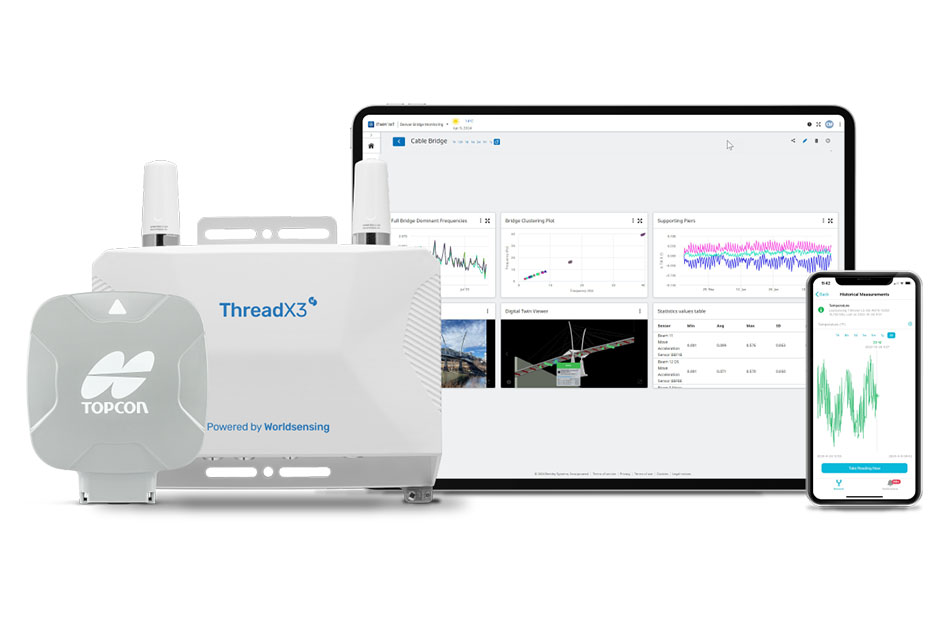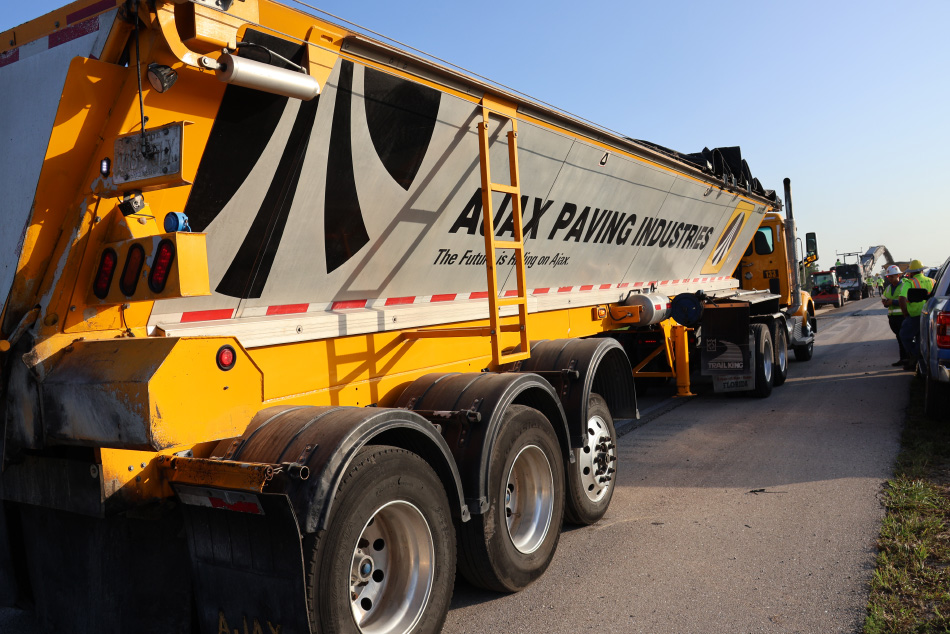“About three weeks after we purchased the total station, we were doing our first major concrete work at the site, a pour for some slanted columns that support the deck holding the train tracks,” he said. “About half way through the formwork and reinforcing steel installation of the initial pour, we discovered that the rebar was off by four inches. Using the PS-103 we ran checks and found where the error occurred, re-scheduled the pour and avoided a costly error. In fact, the money we saved by stopping at that point versus having to redo everything later paid for the total station — and then some — right there.”
Jones’s colleague Darren Mercedes added that, because they caught the error early and acted on it immediately, they lost just one day of production. Had they continued along, he said, it could have been a major setback for the entire project.
“Even though the station has a lot of concrete, it is primarily steel,” he said. “So a structural column that is off by four inches would mean all the pre-fabricated steel connected to those columns would either need to be redesigned or the engineers would have to alter the design to accommodate for the change. In addition, because the columns are linked to the curtain wall system, that too, would have to be redesigned, as would the FIBS (Florida I-Beams) that support the slab and the five rail lines. Having the PS-103 catch this error early on not only saved the production schedule, it confirmed that our decision was the right one. Its impact was huge and it continues to be.”
Ingrained instrument
As the AAF project continues on track, additional examples of how the Topcon PS-103 has become a part of Suffolk’s operation present themselves. First and foremost, according to Jones, the instrument is changing the way they’re using BIM.
“Now, when we are building our 3D model, we feel it’s just smarter to integrate it with the total station when we drop the points,” he said. “It not only speeds things up, it ensures accuracy. We feel so strongly about this that we want our trade partners who don’t have the means to own a total station to benefit from it — they’re able to reap the benefits, and we all stay in check. It’s been a key component on this project and it is definitely a tool we will be using more and more in the future.”











